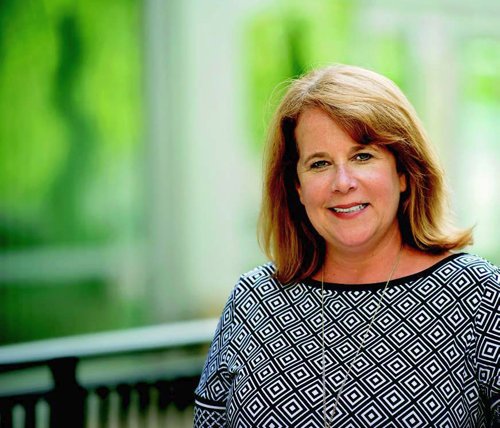Sections / Articles
Rebuilding Our Culture: Supporting Staff and Students Is Key
After tragedy, Newtown, Connecticut, schools focus on learning and helping staff and students find a new sense of normal.
Principal, September/October 2016
Sandy Hook Elementary School was much like other elementary schools in December 2012. School officials were concerned about staff turnover and morale, changing curricular and accountability requirements, declining enrollments, and community support across the Newtown (Connecticut) Public School District.
In fact, the district’s principals had planned to discuss school culture at a meeting on the afternoon of December 14, the day of the shooting rampage that killed 20 first-grade students and six staff members at Sandy Hook Elementary.
In the three and a half years since the tragedy, each of the schools have had to focus on school culture and building emotional supports as they never thought possible. To share what they’ve learned with other colleagues, four of Newtown’s elementary principals led an interactive session on strategies for rebuilding school culture at NAESP’s annual conference in July.
School culture should not be used interchangeably with the term school climate, they noted. School culture is deeper and ingrained; it could be compared to a person’s personality, whereas climate is a shorter-term reaction. It takes concerted efforts to change school culture, which was at an all-time low in all of the district schools after the Sandy Hook killings, said Anne Uberti, principal of Newtown’s Reed Intermediate School.
The first step for a new principal, she said, is to thoroughly understand the current culture and how it came to be, as well as the history of the school. Three of the principals took their jobs in Newtown after the shootings, she added.
Christopher Geissler, another Newtown elementary school principal, uses the summer break to plan for the next year. He goes through teacher evaluations and student data, then reflects on the school’s stated goals and considers the key players, professional development plans, and other ways to meet those goals and positively impact the school culture. Geissler ensures that his teachers have a voice on school committees, and he asks all of them to join the PTA.
Another elementary principal, Christopher Moretti, advised that principals should know every student’s name and get to know parents and families. “Because we were forced to focus on culture, we found that what made us successful was constantly thinking about school culture and ways to improve,” Moretti said.
Building relationships by holding continuous conversations with teachers and other staff — and not being afraid to tackle the tough topics — is key, Newtown’s administrators agreed.
Kathleen Gombos, who became principal of Sandy Hook Elementary five months after the shooting, said that in her three years on the job she learned that she must show her teachers and staff that she is looking out for them. For instance, when she canceled a standing faculty meeting, she didn’t just send a calendar update, she sent a note to teachers to let them know that she decided to cancel because she knew that they needed the extra time for planning.
“Everything must be purposeful,” she said. “And I’ve learned that reactions may not have had anything to do with anything that I say.”
The school district is now looking to the future and using extra support staff to help students and staff build a new sense of normal — whatever form that may take — and focus on teaching and learning.
Spotlight on Principal Kathleen Gombos

Imagine taking the reins of Sandy Hook Elementary School less than six months after the shooting rampage. Kathleen Gombos accepted the job as principal in 2013, and since then has led a school and community through the turbulent process of healing, rebuilding, and moving forward.
Gombos has been reluctant to do interviews on her role or to grant reporters access to Sandy Hook Elementary — she understandably wants to protect her school and keep routines as normal as possible for her students and staff. But she spoke with Principal magazine at NAESP’s annual conference in July, because she hopes to reach out to other colleagues across the country.
At this point, more than three years after the December 2012 tragedy, school officials are trying to focus on academics and supporting students’ learning as they begin to recover. The extra counselors and support staff who were brought in have begun to dissipate, and Gombos says her students and the community have been remarkably resilient.
This September marks another milestone: The school will move back to a new building on the same site that the shooting occurred, which she expects will bring back emotions and poignant memories for the students and staff who survived.
Before becoming a principal, Gombos taught in inner-city schools in Bridgeport, Connecticut, where she worked with many underprivileged students who saw traumas in their daily lives.
Prior to Sandy Hook Elementary, Gombos was principal at Ralph M.T. Johnson Elementary School in the nearby town of Bethel, Connecticut. Here is her story:
—As told to Joetta Sack-Min, a freelance education writer in northern Virginia.
Copyright © National Association of Elementary School Principals. No part of the articles in NAESP magazines, newsletters, or website may be reproduced in any medium without the permission of the National Association of Elementary School Principals. For more information, view NAESP's reprint policy.